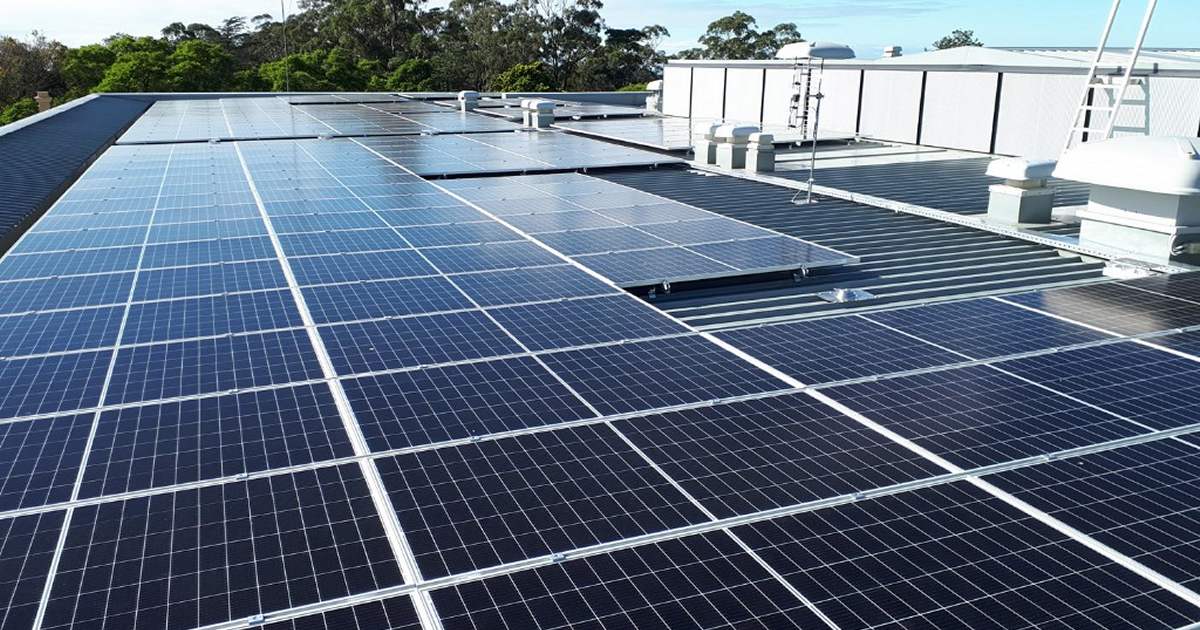
Blue Mountains City Council has announced another four solar installations on its facilities have been recently completed.
Council says it has taken advantage of some facilities being closed as a result of the COVID-19 pandemic to finish PV installations at:
- Blaxland Waste Management Facility drop-off bay
- Springwood Aquatic & Fitness Centre
- Blue Mountains Theatre and Community Hub at Springwood (installation pictured above).
- Katoomba Waste Management Facility
While capacities of the individual solar power systems weren’t mentioned, the total capacity of the four installations is 289kW. This will generate an estimated 407,932 kilowatt-hours of clean electricity a year.
“So much of 2020 has been consumed with disasters, strife and struggle,” said Blue Mountains Mayor Mark Greenhill. “I think the community, like me, are heartened to see their Council using these unexpected closures to keep forward momentum on important and positive projects.”
Another facility that will have solar panels installed this year is the Katoomba Sports & Aquatic Centre.
Towards Carbon Neutrality
In September last year, Blue Mountains City Council adopted a target of becoming carbon neutral by the end of 2025. Early this month, Council said it had achieved a 15% reduction in emissions since 2015/2016, based on emissions performance in the 2018/2019 financial year.
“We’ve set ourselves ambitious targets, and not only are we meeting them, we’re exceeding a number of them with flying colours,” said Mayor Greenhill.
In addition to using solar energy to help slash emissions, other actions include converting 2,781 streetlights to LEDs, which will result in a 645 tonne reduction of CO2e emissions per year.
Blue Mountains was the third council in New South Wales to declare a climate emergency and is also a member of the Climate Council’s Cities Power Partnership. Well before declaring a climate emergency, Council was already acting on emissions, with its Carbon Abatement Action Plan (CAAP) that was adopted in 2016. The plan was designed to identify and implement projects that not only reduce emissions, but also operational costs.
The initial target for the CAAP was a 20% reduction in carbon emissions by 2022. This has been replaced with a stretch target of 30%.
To achieve carbon neutrality, Council will reduce emissions where it can and the remainder will be offset. It is also looking into the possibility of joining other Western Sydney Councils to enter into a renewable energy power purchase agreement (PPA).

 RSS - Posts
RSS - Posts



Speak Your Mind